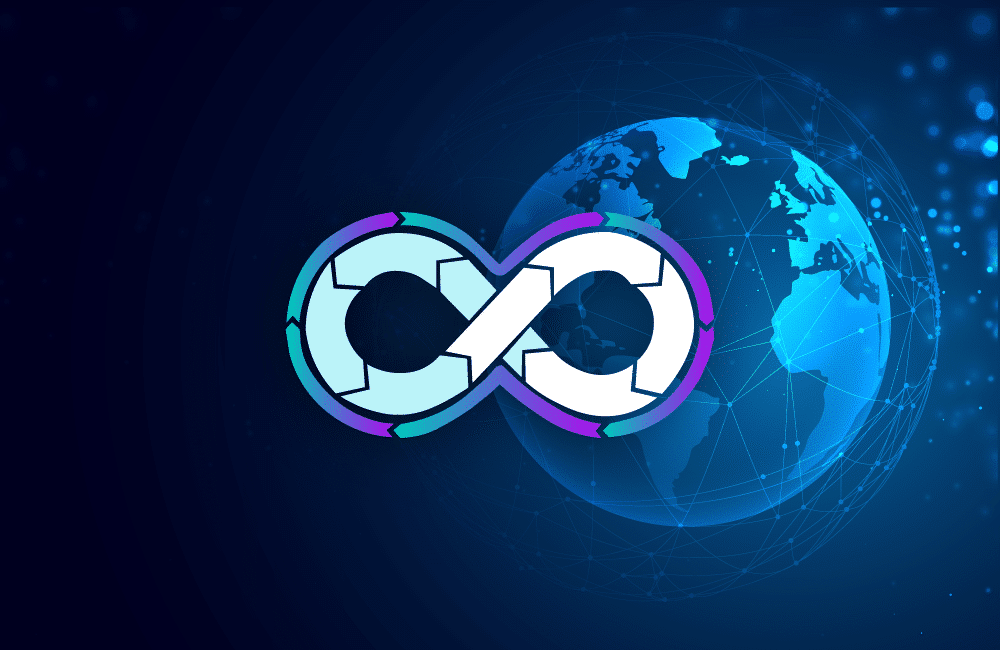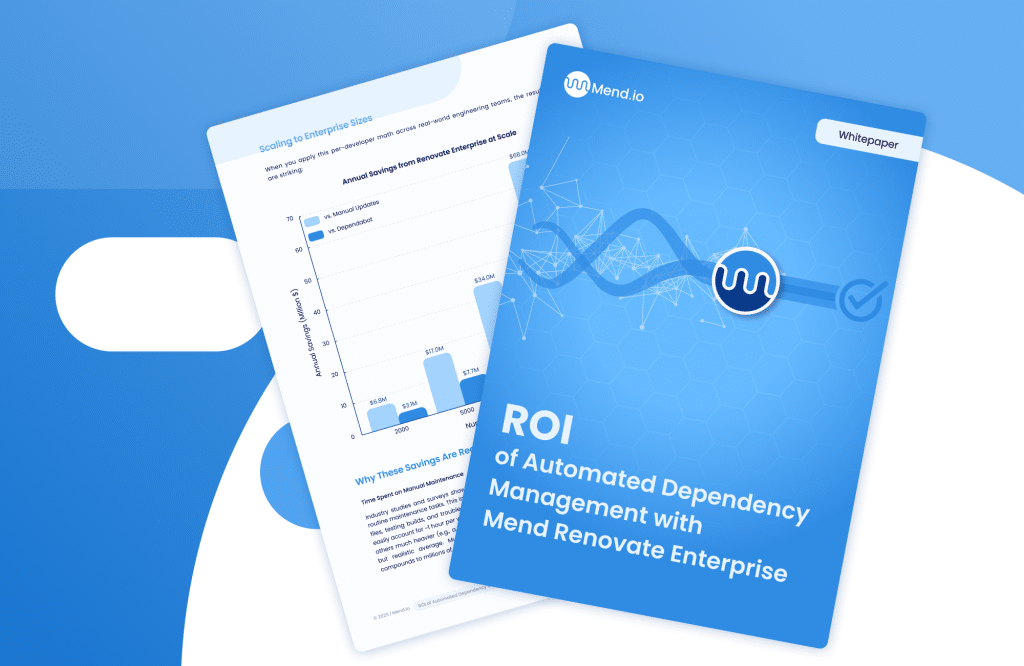Table of contents
In Modern AppSec, DevSecOps Demands Cultural Change

As application development accelerates through cloud-native tools, automation, and agile workflows, security has never been under more pressure to adapt. In modern software organizations, security can no longer be bolted on after the fact. Instead, it must be embedded deeply into the DNA of development and operations. This is where the concept of DevSecOps culture becomes essential.
At its core, DevSecOps culture is not just about shifting security left in the software development lifecycle. It is about creating shared responsibility, fostering collaboration between teams that historically operated in silos, and treating security as a continuous, integrated part of the build-and-deploy process. Without this cultural evolution, even the most sophisticated security tools are unlikely to deliver meaningful impact.
What is DevSecOps culture?
DevSecOps culture refers to the values, practices, and behaviors that support the integration of security into DevOps workflows. Rather than viewing security as a separate concern or a final step before deployment, DevSecOps encourages a mindset where developers, operations, and security professionals work together from the outset.
This cultural shift requires security teams to become enablers rather than gatekeepers. Instead of blocking releases or conducting security reviews in isolation, they work closely with developers to provide guidance, tools, and automation that allow secure code to move quickly through the pipeline.
In practical terms, DevSecOps culture means adopting practices like automated security testing, threat modeling during design phases, secure coding education, and early feedback loops. But more importantly, it means establishing psychological safety, shared ownership, and open communication among teams.
Why DevSecOps culture matters now more than ever
The speed of modern software delivery has outpaced traditional security models. According to the 2024 State of DevOps report by Puppet, high-performing organizations deploy code hundreds of times per day. In such environments, manual security checks and late-stage approvals are not only unsustainable but actively harmful to business agility.
Meanwhile, cyber threats continue to evolve rapidly. Attackers exploit misconfigured infrastructure, insecure dependencies, exposed APIs, and weak CI/CD pipelines. These threats do not wait for a quarterly security audit to be addressed. They require real-time visibility, automated remediation, and a security mindset across every role in the development process.
This is why DevSecOps culture is not optional—it is foundational. Without cultural alignment, teams may adopt security tools without truly integrating them into their workflows. The result is alert fatigue, ignored scan results, and a persistent gap between development speed and security readiness.
Overcoming organizational resistance
Cultural change is hard. Many organizations struggle to shift from traditional, top-down security models to collaborative, cross-functional approaches. Developers may view security as a blocker. Security teams may distrust engineering’s ability to manage risk. Executives may lack clarity on who owns what in a DevSecOps transformation.
To overcome these challenges, leadership must prioritize education and empathy. Security needs to understand the constraints developers work under—deadlines, customer demands, architectural trade-offs—and tailor their guidance accordingly. Likewise, developers should be empowered with the tools and training to make secure decisions without waiting for external approval.
One powerful way to enable this shift is by embedding security champions within engineering teams. These are developers with a strong interest in security who act as bridges between security and engineering. Programs like these have been shown to improve security adoption and reduce the burden on centralized security teams.
The role of automation in reinforcing DevSecOps culture
Automation is often described as the backbone of DevSecOps, but its value extends beyond efficiency. It helps reinforce the culture by reducing friction and making secure practices the default rather than the exception.
For example, integrating tools like Mend.io into CI/CD pipelines allows developers to receive instant feedback on vulnerable dependencies, license compliance issues, or code quality violations. Instead of waiting for a security review days or weeks later, developers can fix issues in real time.
This kind of shift-left security empowers teams to move quickly without compromising safety. It also removes the perception of security as a bottleneck. Over time, these experiences shape how developers think about their role in maintaining security—and that mindset is the cornerstone of DevSecOps culture.
Other forms of automation such as Infrastructure as Code (IaC) scanning, container vulnerability scanning, and runtime protection further ensure that security is built in at every layer of the stack. But for automation to work, teams must agree on what to scan, how to prioritize results, and how to respond to findings. Again, culture drives the effectiveness of the tooling—not the other way around.
Measuring cultural progress
DevSecOps culture cannot be measured purely by metrics like how many vulnerabilities are closed or how many tests run per build. Instead, organizations should look at indicators of team behavior and alignment.
Surveys, retrospectives, and incident postmortems can reveal whether teams feel ownership over security. Are developers engaging in secure design reviews? Are operations teams patching systems proactively? Are security teams participating in sprint planning? These signs of collaboration signal that the culture is evolving in the right direction.
Some frameworks like the DevSecOps Maturity Model by OWASP provide a structured way to assess progress. But ultimately, the best measure of success is whether security is truly seen as a shared responsibility—and whether the organization can move fast without creating unnecessary risk.
Case studies and success stories
Numerous organizations have demonstrated the impact of DevSecOps culture. Adobe, for example, shifted from a reactive security model to embedding security directly into the product lifecycle. The company’s internal security champions network and secure development training were instrumental in changing behaviors at scale.
Similarly, companies like Netflix and Capital One have embraced a culture of engineering ownership, where developers are responsible for the security of the systems they build. This model has allowed them to scale security without scaling their security teams linearly.
These examples highlight a consistent theme: tools help, but people and culture drive success.
Modern application security is no longer about isolated tools, checklists, or late-stage testing. It is about building a DevSecOps culture where security is woven into every step of the development process and owned by everyone involved.
Achieving this cultural shift requires breaking down silos, investing in automation, and creating an environment where developers, operations, and security professionals work together with shared purpose and mutual respect.
In a world where software moves fast and threats evolve faster, culture is the only defense that scales. DevSecOps culture is not just a methodology—it is the mindset that defines modern AppSec success.






